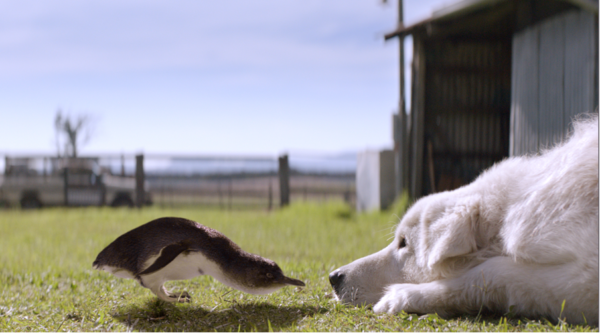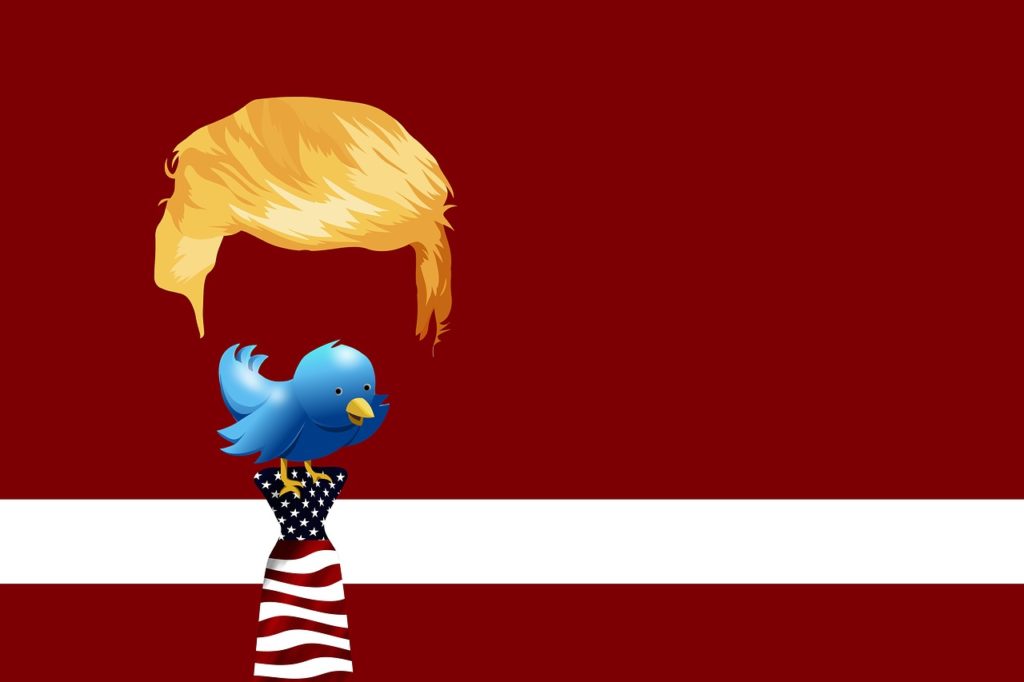Social media has long been championed as a platform giving voice to the voiceless but there are growing concerns that its “power to the people” algorithm has been reset.
Just a decade ago, in Cairo’s Tahrir Square, social media was integral in the organisation of pro-democratic rallies that captured global attention. Protestors, angered by police brutality used it to disseminate information, raise awareness about their cause, and organise demonstrations that drew millions of Egyptians to the streets.
The Egyptian Revolution of 2011, as the protests came to be known, were triggered after marketing executive Wael Ghonim saw a shocking image of the body of Khaled Mohamed Said, 28, who had been beaten to death by police. Ghonim created a Facebook page: “Kullena Khaled Said” — We Are All Khaled Said. Three hundred people followed the page within two minutes. Three months later, the number had grown to more than 250,000. The chant: “We are all Khaled Said,” soon rang out around Cairo’s Tahrir Square. The disenfranchised had a platform. The powerless were gaining strength.
Now, 10 years later, social media has the same power to influence but things have changed. For all its promise of giving power to the people, the user experience is now more determined by decisions made by the platforms themselves. While it used to be “something more of an open pipe” what we now see online is content that is more “sensational or inflammatory … whatever is most likely to grab people’s attention.” Big Tech profits from keeping users engaged – even if that engagement is fuelled by lies and conspiracy theories.
There is a growing awareness that the version of reality conveyed to many users is warped, sensational and alarmist. This was made evident by the impact of former US President Donald Trump and his prolific online presence spanning 12 years and a reported 47,000 tweets.
While social media gave Trump the platforms to amplify his often-questionable theories, it also gave rise to concern when social media’s kingpins took those platforms away from him.
When Mark Zuckerberg announced Trump’s indefinite suspension from Facebook, National Security Agency whistleblower Edward Snowden was quick to respond. Snowden tweeted that Facebook had “officially silence[d] the President of the United States. For better or worse, this will be remembered as a turning point in the battle for control over digital speech.”
Trump had long worked at creating instability. In April 2020, as the world grappled with the coronavirus threat, Trump politicised the pandemic, tweeting his support for armed anti-coronavirus lockdown protests.
“LIBERATE MINNESOTA!” “LIBERATE MICHIGAN!” and “LIBERATE VIRGINIA and save your great 2nd Amendment. It is under siege!” he tweeted.
Trump’s stoking of cynicism about the legitimacy of the electoral system was also established with a series of tweets warning followers of voter fraud due to the increase in mail votes. These were coupled with frequent glorification of violence such as his tweets supporting Texans who surrounded Biden’s campaign bus with cars and trucks. When the FBI investigated the incident, the then President tweeted his defence: “These patriots did nothing wrong.”
This association of patriotism and violence would continue to galvanise his followers and instill a sense of duty and pride in them.
For social media giants, Trump went too far when he incited supporters to storm and desecrate Capitol Hill, the seat of American democracy.
However, the response by Facebook, Twitter and Instagram to ban Trump – regardless of intention – served as a wake-up call about the enormous power a handful of Big tech entrepreneurs hold over hundreds of millions of people worldwide. The reality of centralised power in the modern age was made clear by the silencing of the POTUS, blocking him from his tens of millions of followers.
It was an historic moment and one that may trouble defenders of free speech. But similarly troubling were the acts of violence and unrest that triggered the ban. To assess its legitimacy, it is worthwhile tracking Trump’s use of social media in the lead up to and during the insurrection, where the president consistently pushed dangerous rhetoric to his 88 million followers.
Trump used social media to exploit his followers by challenging the rule of law in his attempt to prevent a democratic transition of power. His platforms helped him distort reality by favouring sensational and inflammatory content.
This was in sharp contrast to the situation in Hong Kong where users’ news feeds were flooded with playful selfies, singalongs and food photos while riots tore through the city. Downplaying politically sensitive information and presenting a peaceful image suited the Chinese Government.
With downloads of TikTok soaring among western audiences in the past few years, researchers are concerned about the implications of this censorship, as the app reveals its potential to skew user understanding of the world.
In a speech at Georgetown University on October 17, 2019, Mark Zuckerberg gave a description of social media and the power it gives to people:
“People having the power to express themselves at scale is a new kind of force in the world — a ‘Fifth Estate’ alongside the other power structures of society. People no longer have to rely on traditional gatekeepers in politics or media to make their voices heard, and that has important consequences. I understand the concerns about how tech platforms have centralised power, but I actually believe the much bigger story is how much these platforms have decentralised power by putting it directly into people’s hands.”
Zuckerberg’s description rings true in the case of Cairo’s Tahrir Square, but recent developments have changed things. Social media, once represented the liberating, empowering nature of decentralised power. However, power is now becoming increasingly centralised. This is not the first time this issue has become a concern. Social media platforms have also been accused of moderating political speech with a bias toward a particular party.
Most recently, Facebook’s abrupt block on Australian news was a show of might in response to the Australian Government’s moves to make social platforms pay for news content generated by other media. The social media giant’s eventual compromise made Australia the first nation in the world where a government arbitrator could set the price Facebook and Google pay domestic media to show their content if private negotiations fail. According to the government, this means media outlets will be fairly remunerated for their content, which will help support journalism in Australia.
Despite this small win, the question remains – is social media still a platform that belongs to the people or is it a tool for a handful of powerful people to manipulate the masses?

Final word from our Culture Manager
I wouldn’t hazard to suggest that I am a dog of distinguished reputation.
There aren’t many canines that lay claim to the role of culture manager, and even fewer that would hold the position at an agency as illustrious as Pesel & Carr.
So yes, I’m a proud dog. But despite this pride I still find myself intimidated at times, when I’m faced with other dogs of distinguished reputation.
For example, when our board member Tony Hallam recently popped into the office, I couldn’t help but perk my ears. Tony was discussing his new dog, a Golden Retriever/Maremma sheep dog cross. Now we’re all familiar with Golden Retrievers – charming, insufferably adorable, smug and loyal. They have a loving temperament and make for great family dogs. I was less familiar with the Maremma breed, but not anymore. After a quick consultation with Burke from Burke’s backyard, the intimidation really started to kick in…
If anyone is familiar with the film Oddball, they will be acquainted with the breed. Not only are they cute and cuddly, but they have also been employed to guard penguins!
Middle island is home to a colony of the world’s smallest penguins. There used to hundreds of them, but that was before the foxes started attacking. In one particularly vicious incident, 360 penguins were killed over two nights. The penguins faced being wiped out on the island, before a farmer suggested sending one of his Maremma dogs to protect them. Amazingly, since that day, not a single penguin has been killed by a fox on Middle Island.
Suddenly my barks to welcome clients and therapeutic walks with staff don’t seem so impressive. How am I supposed to compete with a dog like that!?



